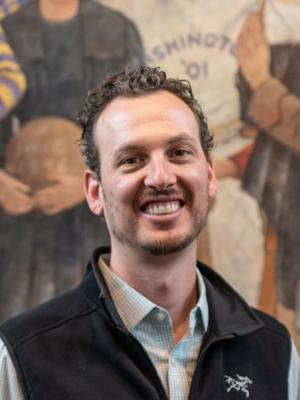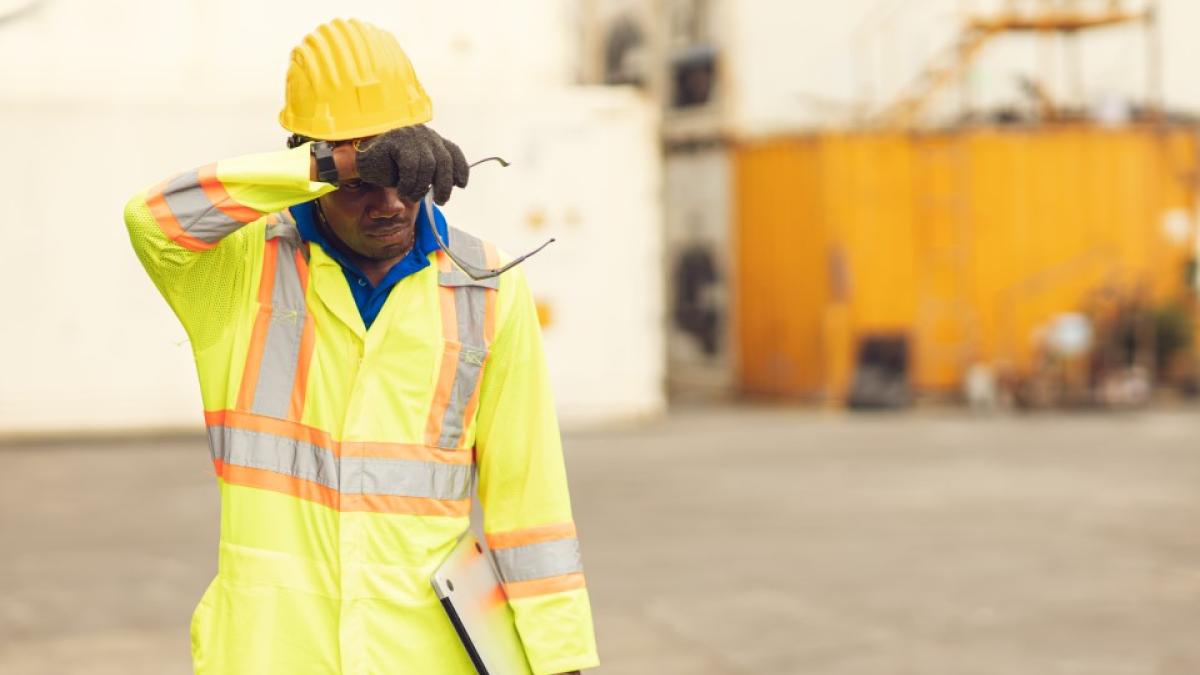U.S. workers are routinely exposed to multiple psychosocial hazards in the workplace that negatively impact their health.
Occupational psychosocial hazards are cultural or environmental elements of a workplace that can cause stress on the body, such as tight deadlines, low wages or high emotional labor. Workplace psychosocial hazards have long been connected to negative health outcomes such as cardiovascular disease or mental health disorders.

The burden of these psychosocial hazards does not fall equally across sociodemographic groups, with racially and ethnically minoritized workers, workers with low educational attainment and foreign-born noncitizens experiencing more of these hazards than other groups.
New research from the University of Washington School of Public Health (UW SPH), published Aug. 6 in the American Journal of Industrial Medicine, took the largest and most comprehensive look to date at the burden of these psychosocial hazards across the U.S. workforce in 2022. Their research also led to the creation of a publicly accessible database that allows users to see how these psychosocial hazards are present across occupations and sociodemographic groups.
Understanding the prevalence of these exposures in the workplace and how they unequally impact workers is important to addressing health disparities in the U.S. Psychosocial hazards contribute to the leading causes of death and disability in the U.S.: cardiovascular disease, musculoskeletal disorders and mental health and substance use disorders. Minoritized racial-ethinic groups see greater mortality rates across these health conditions.
“Because of occupational segregation, jobs that are lower paid, have less flexibility, and more demands tend to be held by workers from the least privileged backgrounds,” said Marissa Baker, assistant professor in the UW Department of Environmental & Occupational Health Sciences (DEOHS) and the paper’s senior author. “Health equity cannot be realized without considering the workplace, and how certain groups are disproportionately impacted by psychosocial hazards at work.”
Tight deadlines, high emotional labor and low wages
Researchers looked at 19 psychosocial hazards, divided into three categories:

- Job demand and control exposures, which includes hazards like highly structured work and repetitive tasks
- Social environment exposures, which includes dealing with unpleasant and aggressive people
- Work schedule and wage exposures, which includes irregular work schedules and long work hours
They found that half of all U.S. workers are exposed to at least three psychosocial hazards in their workplace that could negatively impact their health. Tight deadlines is the most common, with 43% of all U.S. workers exposed, followed by high emotional labor (36%) and low wages (30%).
Workers who were most exposed to high job strain, low substantive complexity (rote, boring work), job control related hazards, irregular schedules and low wages included blue collar workers, those from racial and ethnic minority groups, those with lower education, young workers and workers who were foreign-born noncitizens. Meanwhile, workers with higher exposure to social environment hazards and long hours were white collar, non-Hispanic white workers, those with higher educational attainment, native-born workers, middle-aged and older workers.
Toward regulating psychosocial hazards
“Even though psychosocial hazards have been studied for 40 years, there remains an underappreciation for how prevalent these exposures are, how damaging they can be for mental and physical health, and how to protect workers from them,” said Trevor K. Peckham, one of the paper’s authors, affiliate assistant professor in DEOHS and environmental scientist of the Hazardous Waste Management Program at King County.
While there are regulations for chemical, physical and biological hazards through the Occupational Safety and Health Administration, there is little regulation to manage psychosocial exposure, despite the fact that more workers are exposed to psychosocial hazards.
“Certainly psychosocial hazards are much more prevalent and impact everyone in the workforce,” Baker said. “While chemical, physical and biological exposures remain extremely important, it is stark to see that which impacts us the most is given the least regulatory attention.”
Creating a comprehensive national surveillance system for all occupational exposures would be an important step to preventing them and their detrimental health impacts, the researchers said. They also pointed to other societal improvements that could address these hazards, including higher minimum wage, wages that keep up with the cost of inflation, unionization, improving work schedules for consistency, four-day workweeks, and affordable access to child care and health care.
“To improve these hazards, we should create a society where you don't have to work so hard that it’s unhealthy,” Peckham said. “That would benefit workers, but may also benefit employers. Research has shown that stressed out, tired and burnt out employees are not as productive. It’s in the employer’s best interest to create healthier workplaces.”
The lead author of the paper is Shelley C. Stephan-Recaido, who developed the idea for this research as part of their master’s degree in DEOHS. Fellow authors include Marissa Baker, DEOHS assistant professor, Trevor K. Peckham, DEOHS affiliate assistant professor and environmental scientist of the Hazardous Waste Management Program at King County Water and Land Resources Division, and Devan Hawkins of the Public Health Program at the School of Arts and Sciences in the Massachusetts College of Pharmacy and Health Sciences.
Adapted from the original post here.




